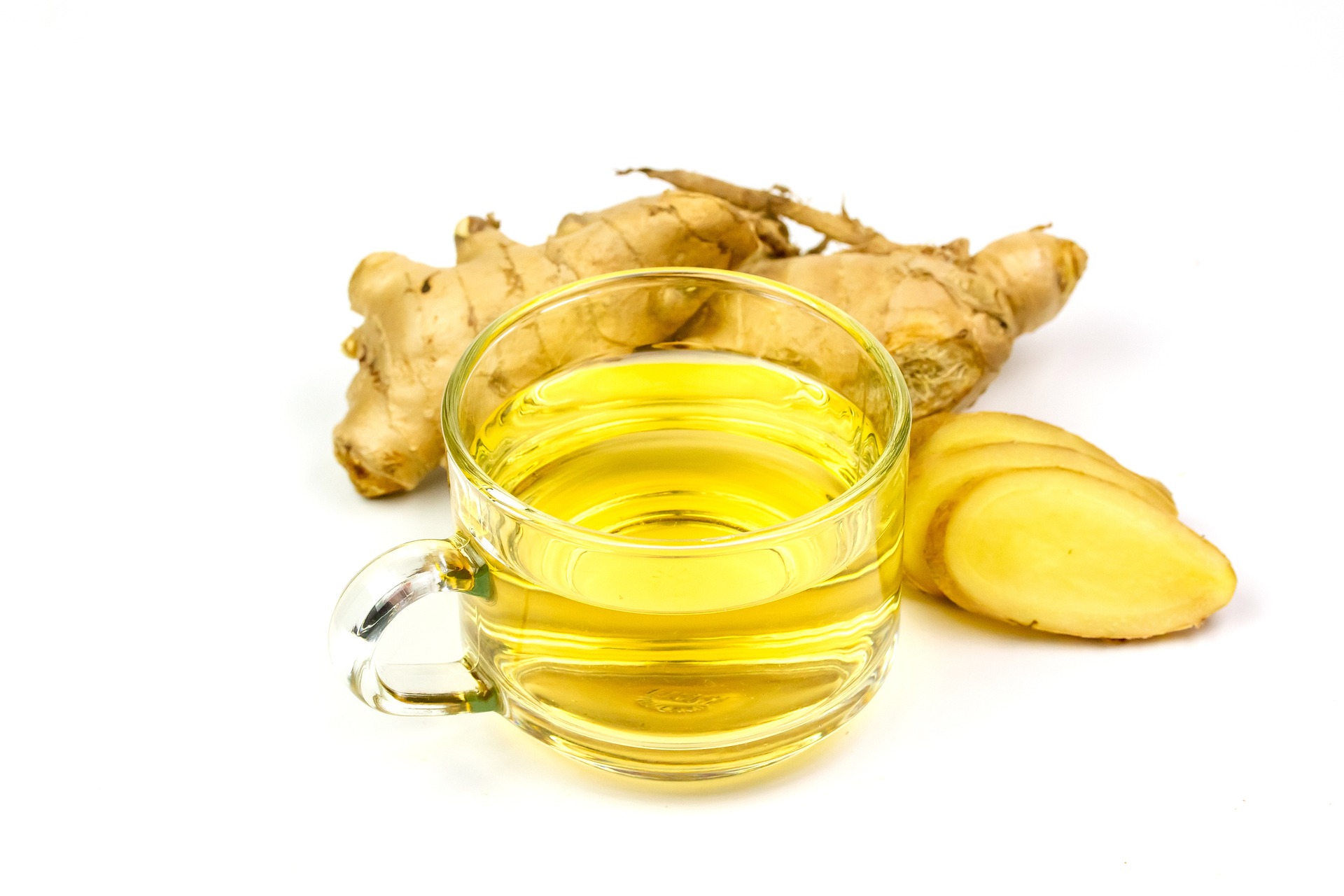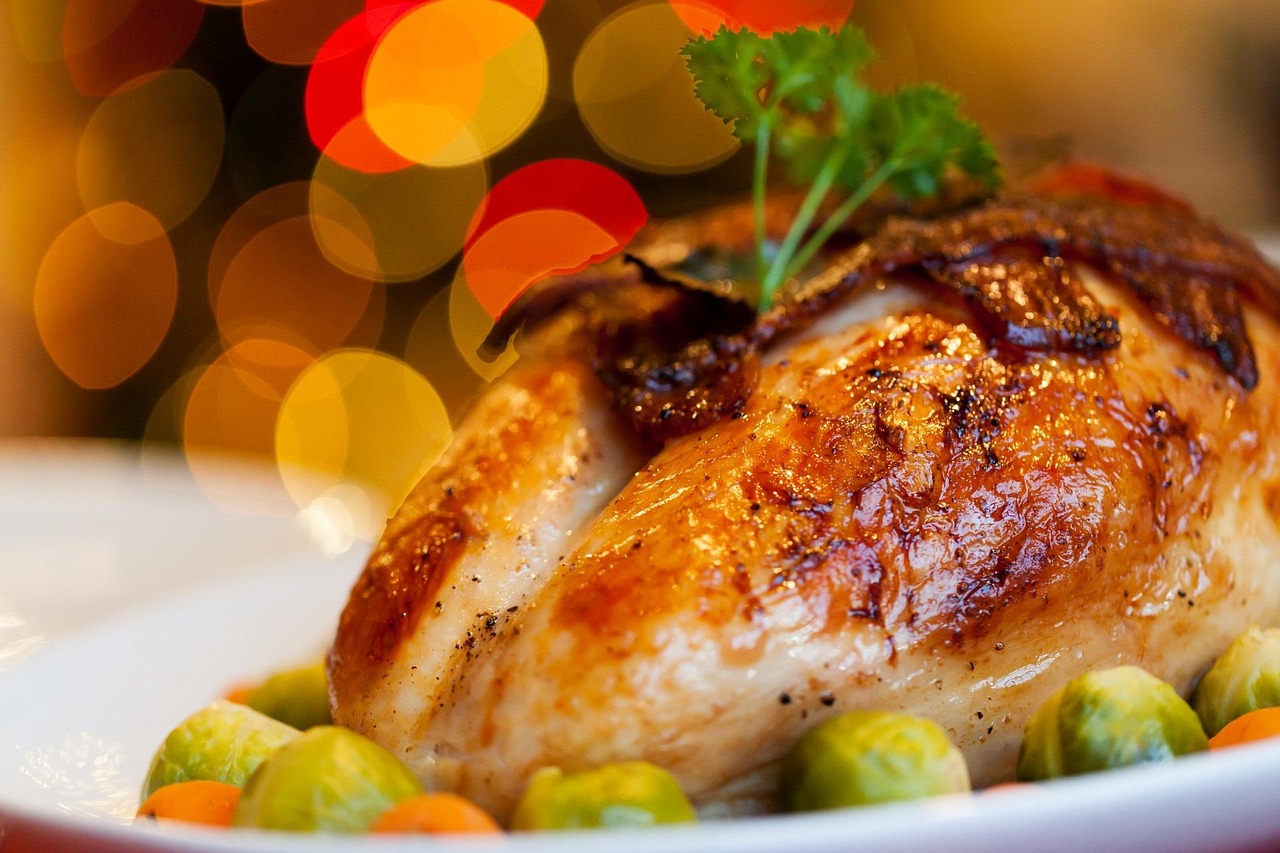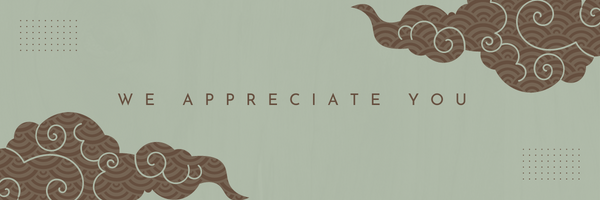Warming Ginger Tea for Nausea
Did you know making fresh ginger tea at home only takes about 5 minutes? Ginger root or “Sheng Jiang” is a traditional Chinese herb known for its warming qualities, cold fighting abilities, and digestive supporting benefits such as reducing morning sickness.
Within our clinic, we see plenty of pregnant women. So you can imagine we often suggest making fresh ginger tea at home as a quick and easy way to help reduce nausea. In one study, ginger was found to be an effective and safe way to reduce nausea due to morning sickness in pregnant women compared to a placebo (1).
Here is how you make it:
- Select a thumb size ginger chunk, slice off the peel, and cut into a two inch long rectangle.
- Slice the ginger into 5 or so thin strips.
- Combine one cup of water with the ginger slices into a pot
- Bring this to a boil
- Then let simmer for 5 minutes
- Strain the liquid into a mug and enjoy!
Optional: try adding a bit of honey into the ginger tea to add a bit of sweetness.
Katie Steffensen L.A.c.
Sources:
- https://www.ncbi.nlm.nih.gov/pmc/articles/PMC3995184/


